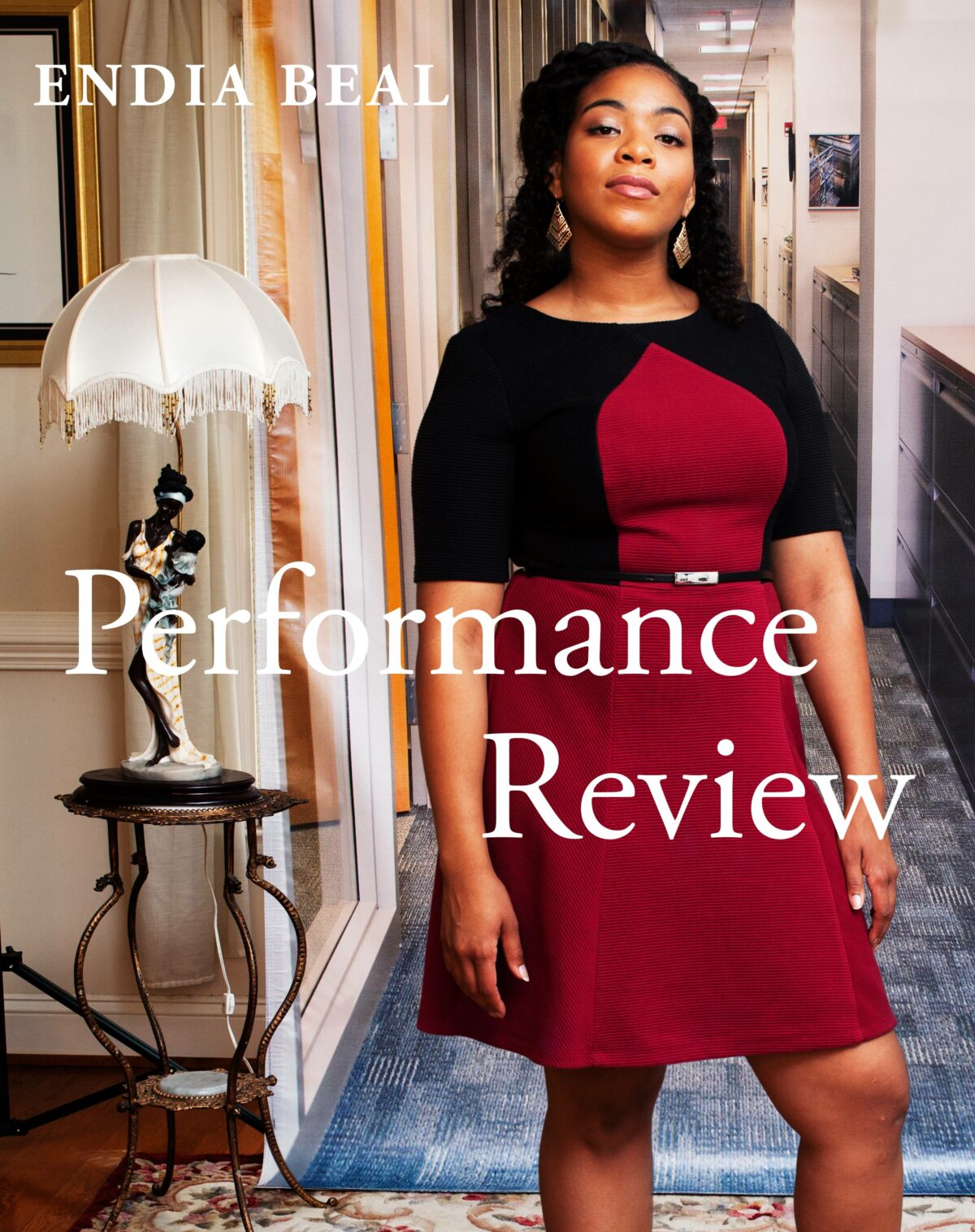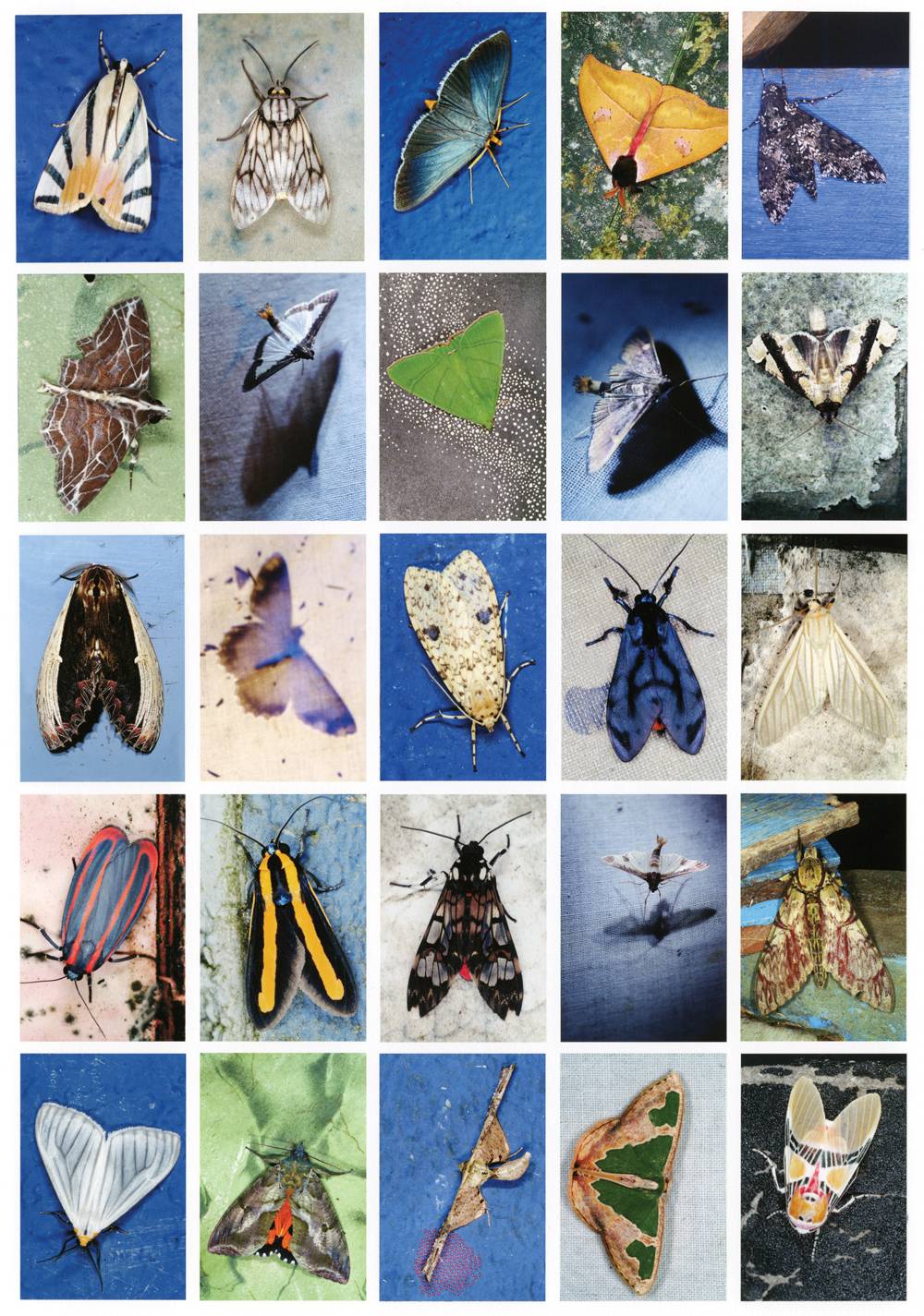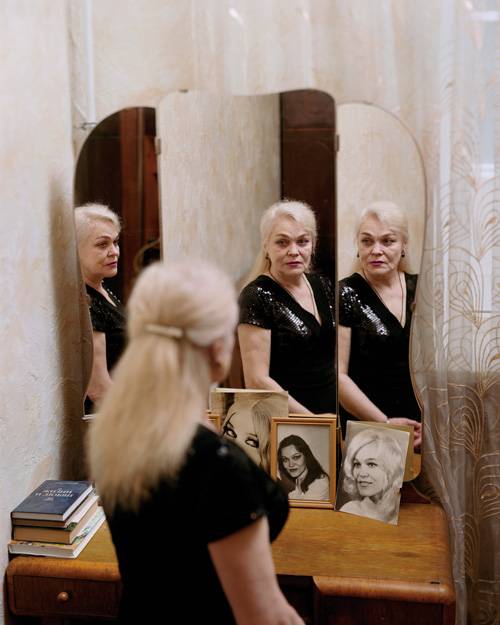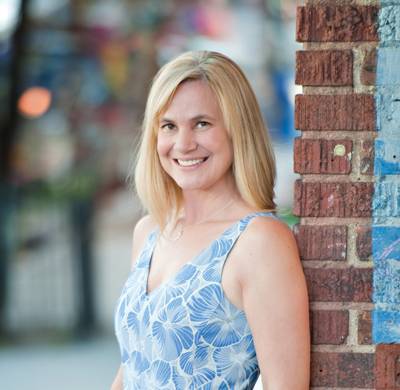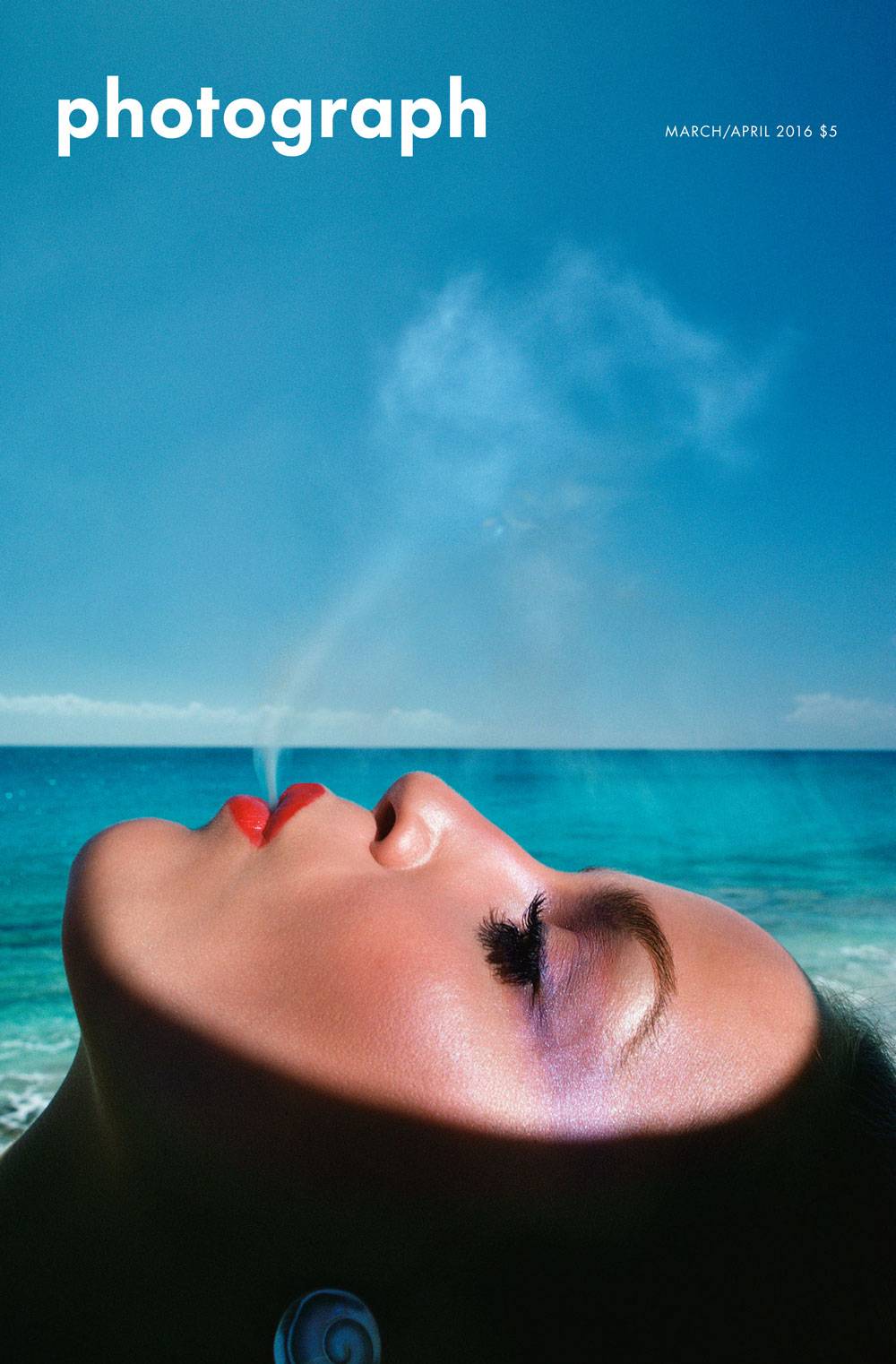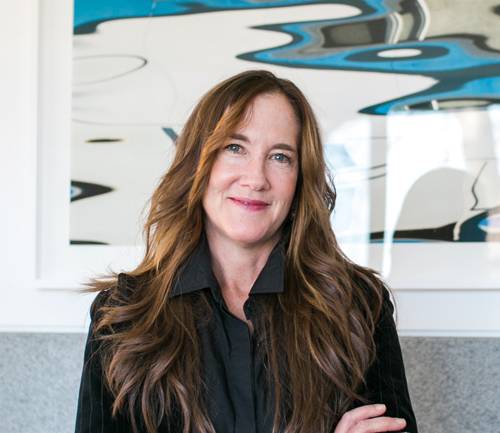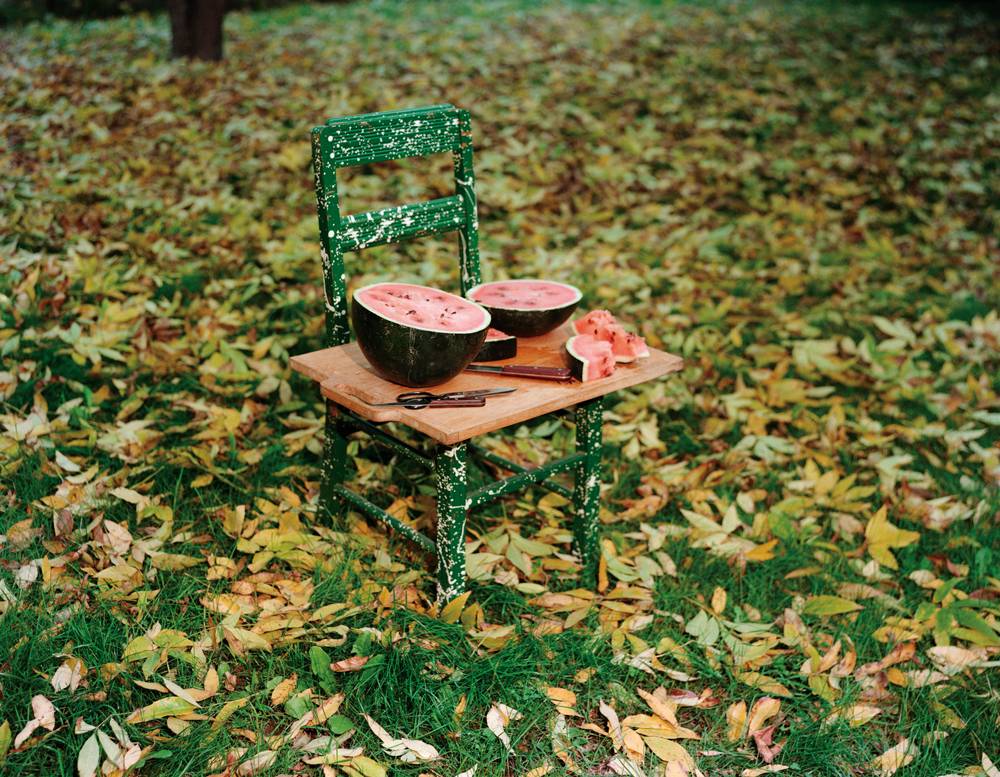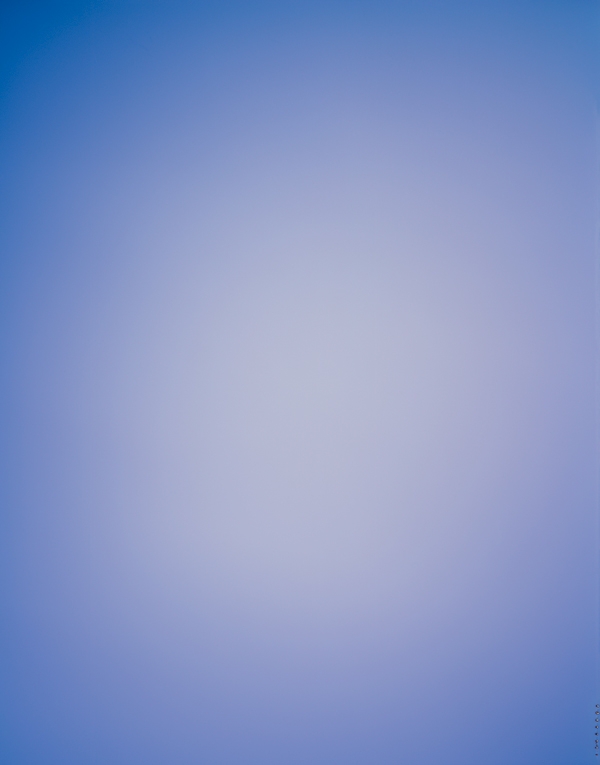

Sunset-Sunrise (Halsnøy, Norway), 2012. Summer Solstice. 22 Jun 11:00 PM – 23 Jun 4:00 AM
Photographer, Guggenheim fellow, and Harvard Professor of Visual and Environmental Studies Sharon Harper has a busy September, with two exhibitions opening in New York, at Rick Wester Fine Art (September 19-November 1) and Gallery at Hermès (September 19-November 7). We caught up with Harper as she was about go on sabbatical for a year of travel and photographing.
Lyle Rexer: Let’s begin at the end: you’re off.
Sharon Harper: Yes, I’m about to take up my Guggenheim fellowship. My husband, daughter, and I will be traveling to various national parks where I will be working on a project based around the theme of protected lands.
LR: “Protected lands” — that sounds like a documentary project, not exactly the kind of conceptual work you are known for.
SH: I began my career as a documentary photographer, looking at work by Mary Ellen Mark, Josef Koudelka, and others. But I propose to respond to the places in different ways. My approaches have always varied. I have modified and changed them continuously over the years, even though there are strong throughlines. What I try to do with every new series is to see things I haven’t seen before, and make things I haven’t made before.
LR: One of those throughlines, it seems to me, is a preoccupation with the difference between the way we see the world unaided (but with all our emotional and cultural equipment) and the way optical devices render it. I have always loved the series Sun/Moon (Trying to See Through a Telescope) as an example of how big the gap can be between human desire and mechanical capabilities.
SH: This gap is partly the source of my fascination with the medium. Photography can appear to be almost invisible, no different from reality, but of course optics and every aspect of photography alter the way the image is rendered, from lenses and formats to digital outputs to paper, even cameraless methods shape the outcome. There is nothing natural about it. I had been a straight photographer but at some point I thought, instead of looking at other people as subjects, how can I express my own subjectivity? The difference between optics and reality became for me a metaphor for subjectivity and perception as an idea.
LR: It seems ironic to me that it was Joel Sternfeld who changed your thinking. He’s known for his documentary-style work.
SH: Yes, except that he is also a poetic thinker, and at that time he had done a book titled On This Site, about traumatic events that left no mark on the places they occurred. A reader expected monuments, and he gave us absence. It subverted our expectations of photography at the time. But the process for me was gradual. I had followed the rules of photography and hadn’t studied art history or theory but I began to look for places and practices where there weren’t rules.
LR: Or where the rules were a little fuzzy, for example in the representation of time. In the show at Rick Wester Fine Art there is a series shot on several successive days around the summer solstice in Norway, each image exposed between sunset and sunrise. So the images are gatherings of time, rather than instants. Of course it makes perfect sense, because a solstice is a passage and can’t really be captured in an instant.
SH: Yes, I’m a gatherer! I want to be surprised by what collects on that single sheet of film, and I want viewers to be affected viscerally. I feel awe and curiosity in front of things that I have never seen before, and it is my hope to speak to people that way no matter what they know about photography.


Sunset-Sunrise (Halsnøy, Norway), 2012. Summer Solstice. 21 Jun 11:20 PM – 22 Jun 4:15 AM




